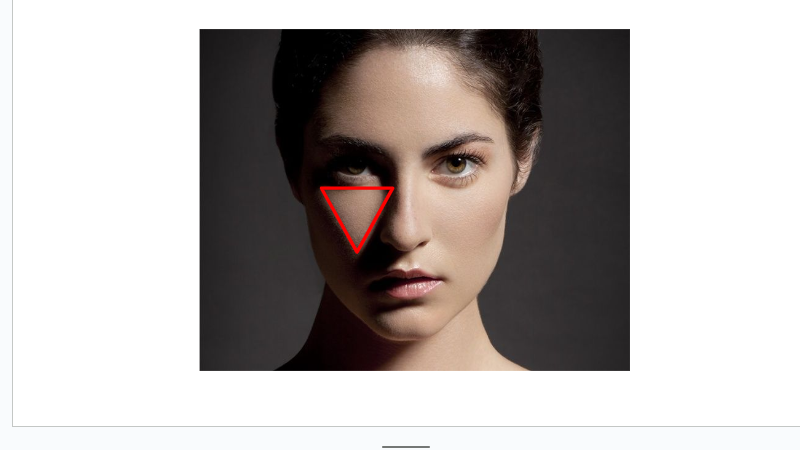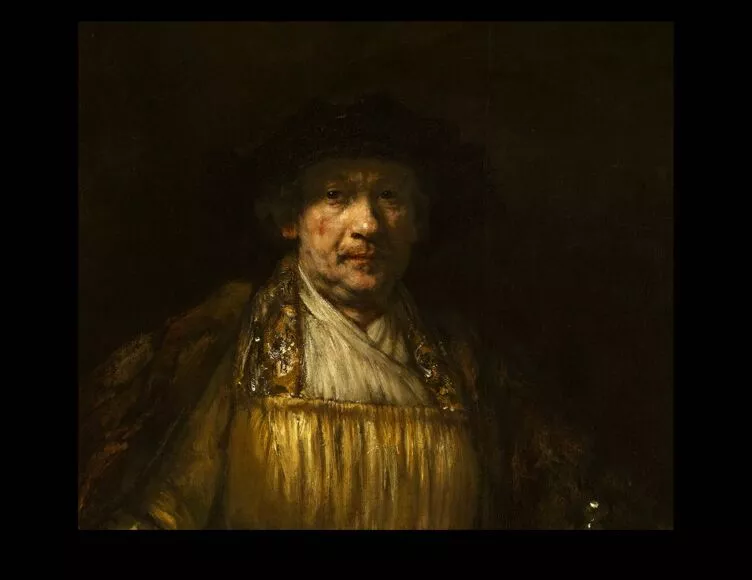Rembrandt Lighting






A patch of triangular light is below one eye of the model on the less lit side of the face. This is a natural looking technique that creates dramatic, interestingly lit photos.
To achieve this style of lighting the best option is to, place one light on one side of the model above head height casting light downwards and at the front of the model so not backlit. You could then use a reflector or a fill light, but more commonly a reflector at half height on the other side of the models face still at the front of the models face. To create a successful image the triangle should be no longer than the nose and no wider than the eye. A simple way of looking at it is to have one lighting source on a 45 degree angle from the front of the subjects face and making sure the light is above them. This is also a great technique as it allows for people to use it even with non professional equipment as it only requires one light and a reflector is useful but not essential.


It began as a technique used by a Dutch painter, Rembrandt Harmenszoon van Rijn featured throughout a lot of his work however it became better known when a 20th century filmmaker, Cecile B. DeMille borrowed spot lights for the film he was making. The actors face was only half lit creating the triangle. His business partner was afraid the exhibitors would only pay half price due to the actors face only being half lit. DeMille then announced it as ‘Rembrandt’ lighting and his business partner was excited as he thought the exhibitors would pay more for using this technique. Since then the technique has been well used around the world to create dramatic portraits.
Why use Rembrandt lighting?
Rembrandt lighting adds an element of drama and psychological depth to the character of your sitter.
It is a great way to create dramatic shadows and harsh contrast. Drawing the eye to the photo is a huge part of photography and is done in many different ways from leading lines to creative editing however these are not always completely transferable to portrait photos, this lighting technique allows the photo to remain looking natural. When it comes to portrait photography you are normally wanting to draw the eye to the eye of the model, by having a darker side of the face it provides a nice contrast to then having the well lit triangle under the eye draws the eye to the one point of light in the darker side.
